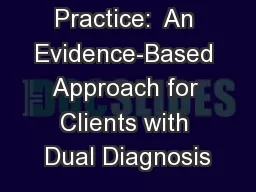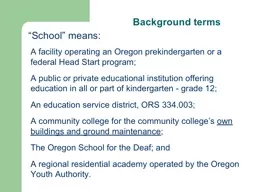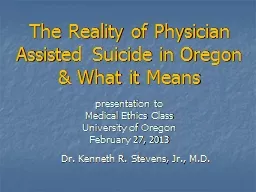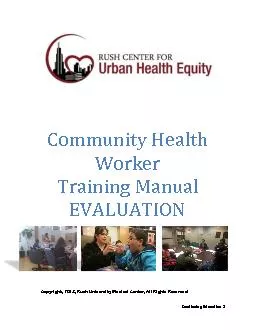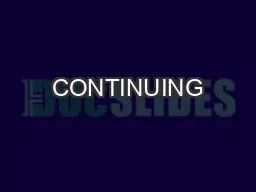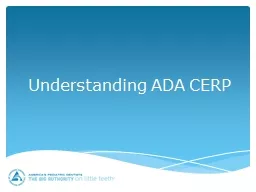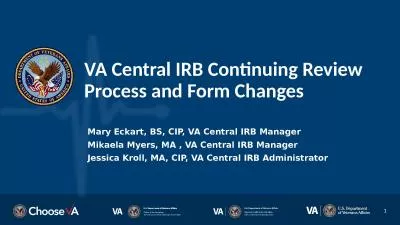PPT-Continuing Medical Education of Southern Oregon
Author : conchita-marotz | Published Date : 2018-01-16
Conversations as Medicine AKA Difficult Conversations INTRO Laura Heesacker LCSW May 20 th 2016 I have nothing to declare in regards conflicts of interest We
Presentation Embed Code
Download Presentation
Download Presentation The PPT/PDF document "Continuing Medical Education of Southern..." is the property of its rightful owner. Permission is granted to download and print the materials on this website for personal, non-commercial use only, and to display it on your personal computer provided you do not modify the materials and that you retain all copyright notices contained in the materials. By downloading content from our website, you accept the terms of this agreement.
Continuing Medical Education of Southern Oregon: Transcript
Download Rules Of Document
"Continuing Medical Education of Southern Oregon"The content belongs to its owner. You may download and print it for personal use, without modification, and keep all copyright notices. By downloading, you agree to these terms.
Related Documents





